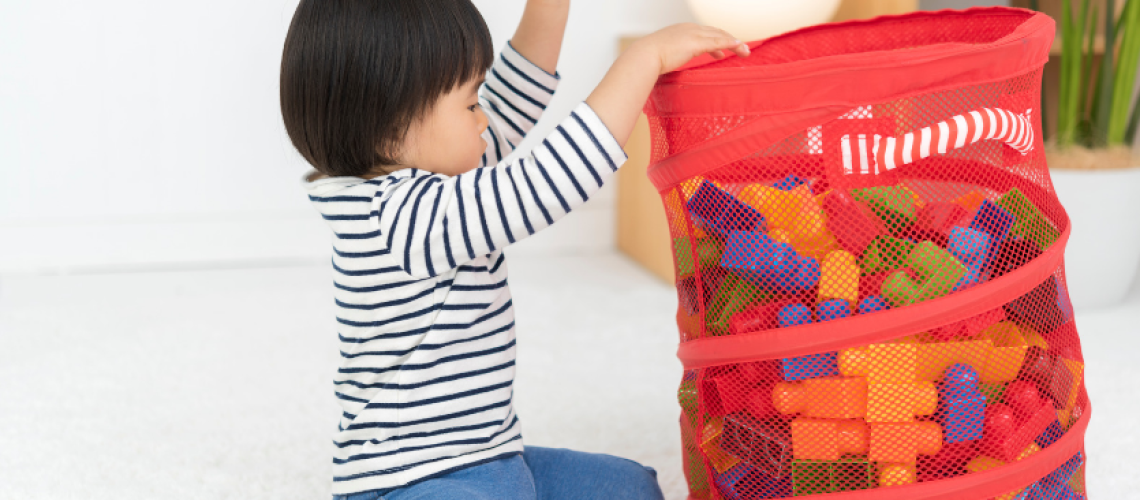Babies learn a variety of abilities as they grow. Some of these skills are sensory development, independence, and emotional development. Montessori is a method that assists kids in becoming more independent by using their hands to explore the world around them.
A 2-year-old baby usually walks by themselves but is still learning how to do so. Most 2-year-old children say their first word, sing with a nursery rhyme accent and begin to understand academics from school such as numbers and alphabet. Most 2-year-olds also start to imitate everything they see around them. Working on these skills means learning for both the parent and infant.
What Do Activities Bring To a 2-Year-Old Baby?
Montessori activities for 2 year olds stimulate the children’s visual and tactile skills and fine motor skills development. It also develops language skills by helping the child speak, read, and write. Also, it develops math skills because Montessori teaches counting, colors, and shapes.
Here are 12 Interesting Montessori Activities for 2-year-old babies
1. Pointing fingers
This game is fun and simple. One person will say a word or name, and everyone will point to the person they think said that word. For example, “who said pencil?” Everyone will point at the person they think told it. Playing this game is an excellent way to teach the child to pay attention.
- This activity aims to help young children improve their listening skills while increasing their coordination and patience skills. When someone talks, they are learning that they have to move in a certain way (point with their finger) not to miss what they are saying.
2. Coloring Book

Make a coloring book by covering one side of the page with preprinted shapes and printing the words “coloring” and “drawing” on the other side. Place stickers on the pages to mark where to color in. It will help children connect their drawing skills. Children can use crayons or markers so they can color in the shapes. This activity is also suitable for developing muscle control.
- This activity aims to help the child’s hand-eye coordination. It also provides a visual experience by making an image in their head with colors, shapes, and pictures/words. Also, it teaches the child how to draw from memory by telling them how to make each picture.
3. Find Your Name
You can do this activity by using a plastic bag and tracing over the bag with a big name tag or using crayons to write their names on the outside of the pack. After drawing their name, they can trace their name using a stencil with small letters or pictures.
- The purpose of this activity: is to exercise concentration and motor skills. For example, it forces children to focus on hand-eye coordination while lifting their pencil down and around the letters’ curves. It also helps children identify letters and sounds.
4. Counting Hands
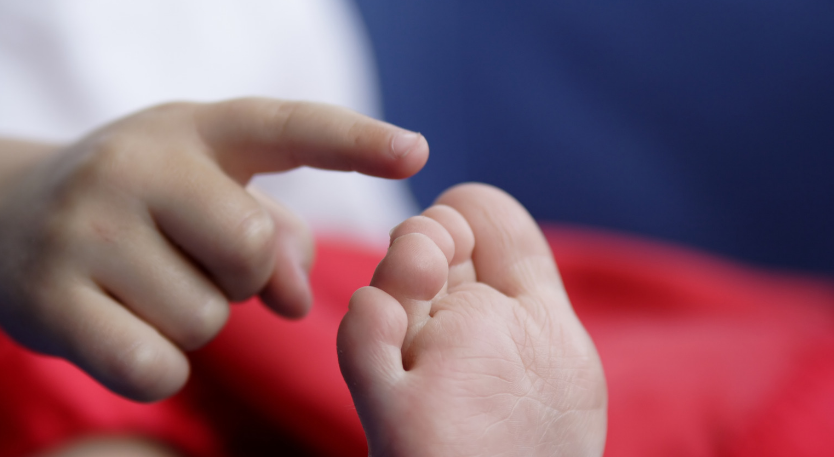
This activity involves making a chart of the body parts of the child. Then, each day they count their body parts from one to five. It helps children understand how many things are on their bodies because they can see them and hear other people counting for them.
- The primary purpose of this activity is to improve the child’s math skills. If a child does not understand that body parts are equal parts, it can be easily explained to them by asking, “If there are four hands, legs, and four ears, then how many arms and legs do you have?” Also, it helps develop motor skills as they are using their hands while counting so they know where every part of their body is located.
5. Hide and Seek
Hide the children’s toys and have them find the toy with your assistance. When you help them find the toy, be careful not to lead them to the toy or give any hints where it may be located. Also, be sure to praise them by saying something like “way to go!” after finding it. It will make sure they don’t get frustrated during this game.
- This activity aims to help them develop motor skills by running in the room, finding their toys, and helping them increase their concentration. It will also teach them a lesson on following directions. For example, “Look under the table” or “Look behind you” are simple instructions, but they will learn to follow instructions and do what is being told through this game. You can play this any time of the day for fun or educational purposes.
6. Make your music
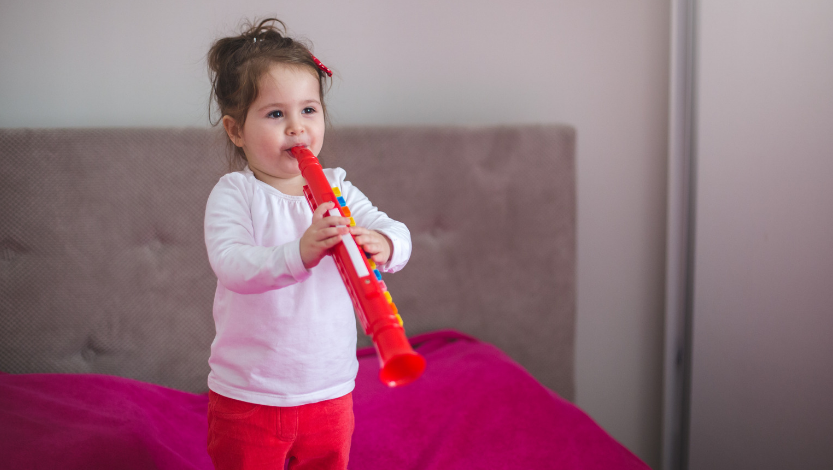
Put a pipe or a length of string and tape on the floor. There should be holes in the pipe. The child will play their music by tapping the pipe with their maracas, drums, sticks, etc. When they tap on it, they will hear a sound coming from it. They can also move it to create different sounds and melodies.
- The purpose of this activity aims to help them increase their motor skills by using various tools to create different sounds and music. It also helps them develop their concentration and hand-eye coordination.
7. Find a Match
Have the children play a memory game. Give them a photo and instruct them to find it in a room, on the floor, or the ceiling. It is simpler than it sounds because you can ask who is wearing what color dress or who just got out of bed, as an example. You should provide pictures that match your answer. It serves as an excellent sensory experience because they have to touch and feel everything while they find it.
- The purpose of this activity aims to help children increase their concentration and motor skills because they are touching things with their hands that feel different from the objects in our everyday environment, which allows children’s motor skill development.
8. Build a Tower
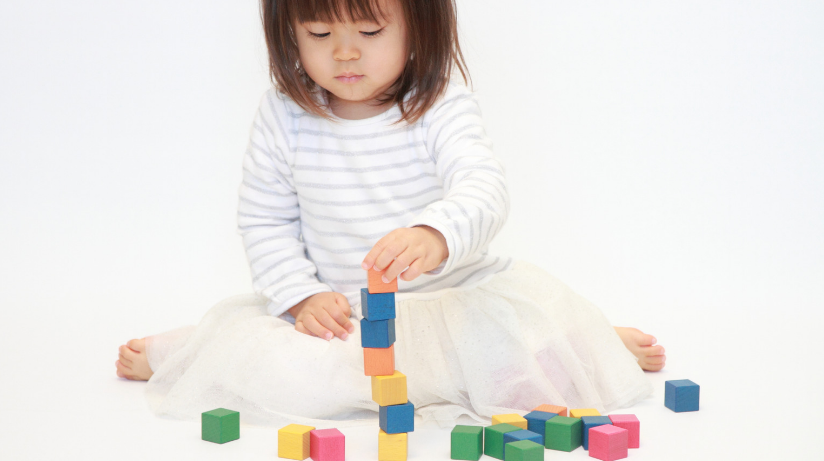
Use different materials to build a tower. You can use blocks, cars, books, etc. After they create the tower, tell them to knock it over.
- The purpose of this activity is to help children develop coordination and concentration. They will learn how to take one step at a time rather than rushing everything and help them with patience while they build it. It also teaches them to follow simple directions such as “stack the blocks.”
9. Walk The Balance Beam
Create a balance beam out of a piece of plywood, chalkboard paint, or cardboard and make sure it is sturdy enough for them to stand on. Children will stand on this beam and walk towards the end, which may cause them to fall, but their job is to keep their feet on it despite what happens.
- The purpose of this activity aims to help children’s coordination skills by walking on a beam across the room even when they lose their balance. It also helps with coordination because it differs from everyday experiences, such as walking on a sidewalk or road. This activity also helps with concentration because they are focused on moving forward while keeping their balance and not falling off.
10. Stop and Go
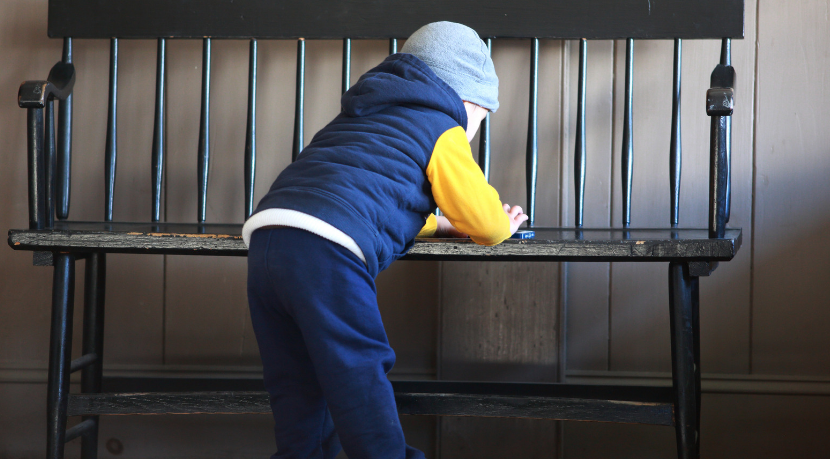
Have one child go to another room with a large ball. When they go into the room, they have to roll the ball on the ground and say, “Stop!” Everyone should stop playing when they hear “Stop!” Then, they have to walk over to the person with the ball and say their name. The person with the ball must state their name before playing again. The ball is rolling faster as the game goes on.
- The purpose of this activity aims to help children improve their concentration and coordination skills because they have to follow directions while moving simultaneously. They are also learning the speed limit they should play and how fast they can go while staying within an appropriate speed limit.
11. Play Dress-up
Pretend play helps children express themselves. Children can choose to be what they want to be, and you will put on the clothes they want to wear. It also helps them interact with their peers. For example, “let’s pretend we are doctors and nurses” or “let’s pretend we are princesses.”
- The purpose of this activity aims to enhance their imagination and build their confidence. It also helps children socialize by choosing what they want to be and seeing others in the same costume.
12. The Waiting Game
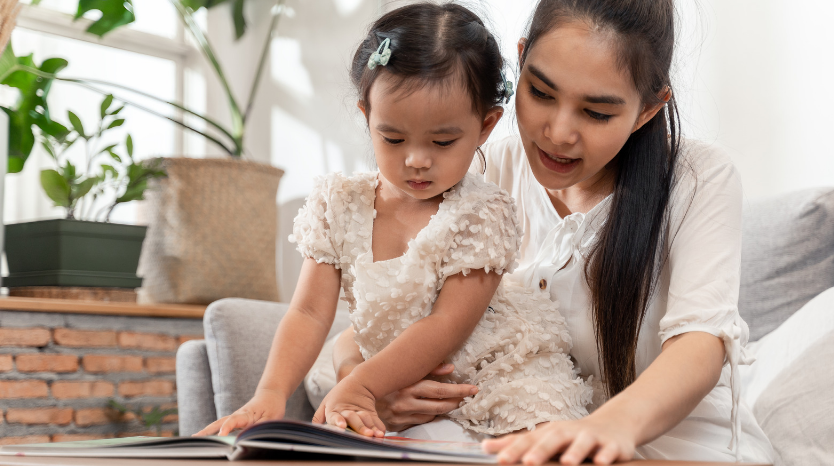
Children must listen to a teacher read a story for a certain amount of time, and then they will be allowed to play. They can play a game that you have pre-selected or create their own game and work on their motor skills or creativity by making up a new game.
- The purpose of this activity aims to help them learn how to follow directions, wait patiently, and pay attention while other people are speaking with them so that they won’t miss parts of the story being read.
Final thought
Montessori activities help a child to understand the world around him in a very simple way. Too much interaction can be an over-stimulation for the child at this age. Therefore, you have to choose a few activities and do them frequently to develop a sense of familiarity with the child.
The main point is that they should have fun while they play. You have to help the child’s development because they might not like a particular activity. Therefore, allow them to become creative and do anything that they enjoy. If you find out that all these activities are new, then it is time for you to try them out.
Montessori Academy is with you throughout this journey to help you reach the feeling of joy, happiness, and accomplishment. For more information, contact us at (310) 215 -3388 in Culver City and (323) 795-0200 in West Adams to learn more about how we can help you with your child’s development.

